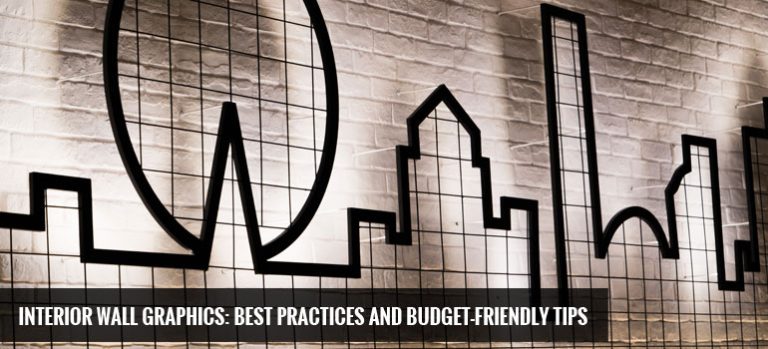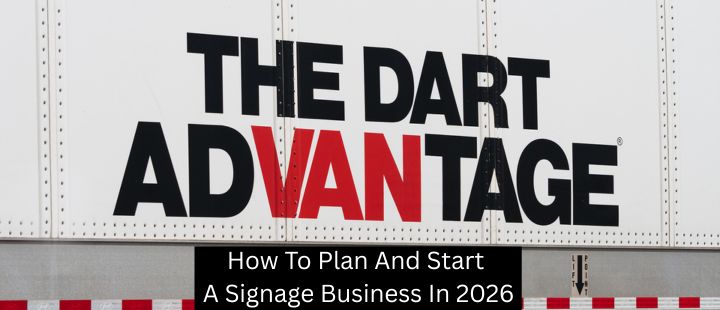One of the most common mistakes that sign business owners make with interior wall graphics is using techniques meant for window and auto glass. Experienced sign experts who appreciate the unique art of interior wall graphic installations understand the need for different tools and techniques. If you want your interior wall graphic installation to produce lasting results that attract more work in this area, then read on to learn some best practices and budget-friendly tips from the Signworld team.
Choosing The Right Vinyl And Adhesive
Quality work depends on smart material selection. If you don’t choose the right vinyl for the job, you’re going to run into some problems.
In most cases, you’ll want to find vinyl with a matte finish and removable adhesive. The matte finish matters for indoor installations because of the risk that lighting poses for hot spots, which can ruin your sign’s readability. If a client refuses a matte finish outright even after you’ve outlined the issue, recommend that they illuminate the sign directly to minimize risk.
The adhesive is another critical material consideration that is often overlooked. Outdoor vinyl adhesive is usually permanent and built to endure all seasons, which makes it a terrible choice for temporary graphics used for trade shows or seasonal promotions. Instead, opt for a low tack removable adhesive.
Deciding On The Correct Tape Combination
So you’ve picked which vinyl to run through the plotter, but have you thought about your tape? If you did opt for a hot-spot-resistant matte vinyl, you’ll find that its unique surface properties don’t work well with a lot of tapes. This can lead to troubles cleaning cut and weeded vinyl from the release liner.
Your tape’s adhesive compound is going to need to be strong enough to allow you to pull vinyl off the liner, yet passive enough for the decal to stick to painted surface. Contact your Signworld franchisor to make sure you have the right tape for the job.
Assessing The Wall You’re Working With
Self-adhesive plotter films simply don’t work on some interior wall surfaces. You’ll need to consider the texture, paint, drywall, and dust unique to your situation. Remember that porous surfaces are the enemy, and the rougher the wall, the lower the odds that your adhesive will do the trick. Generally speaking, any brick or painted, textured walls are going to be troublesome.
If you are installing on a painted wall, consider the kind of paint you’re working with, as well as its age. Enamel is best because of its smooth, non-porous surface; latex is rougher and more difficult to work with.
More importantly, avoid installing your interior graphic on any wall that has been freshly painted. Doing so exposes your graphic to the risks of “out-gassing,” which refers to fresh paint’s releasing of gaseous solvents. As these gases release, air bubbles may form, and chemical reactions may cause adhesive to weaken. The Signworld team recommends waiting a minimum of five days after your paint application before attempting your interior graphic install.
Finally, make sure to account for the amount of drywall and dust you’re dealing with. Failing to do so is one of the most common causes of installation failure. Keep on the lookout for signs of moisture behind drywall, which is common on walls that back onto water systems, pipes, or overhead windows. Dust is another big problem for adhesion, so be sure to wipe down your installation area with a lint-free cloth.
If you want to learn more about the Signworld business or our interior wall graphic installations, please visit http://www.signworld.org.




